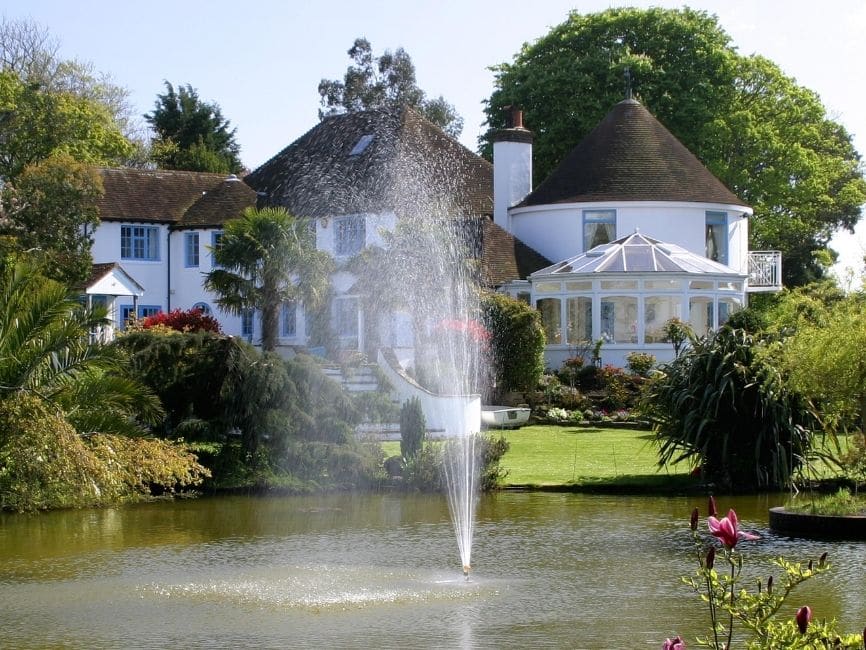
Listed Buildings
Conservatories for Listed Buildings
Living in a listed building is a privilege, offering uniqueness, charm, and originality that set these homes apart. But what happens when you want to extend these features with an orangery, conservatory, or glass extension that suits your needs, complements your home’s character, and adheres to the strict planning and listed building regulations?
The key to obtaining planning permission and listed building consent for Grade I and Grade II properties lies in designing a structure that harmonizes with the existing property. The style and era of your home, along with its surrounding landscape, play a crucial role in shaping the design of your conservatory or orangery. Using hardwood timber is often favoured due to its traditional qualities, reflecting materials available during the time your property was built. Hardwood is not only elegant but can also be painted and finished to match existing woodwork and window frames, creating a seamless and cohesive appearance.
For those looking to blend the traditional character of a listed building with a more modern aesthetic, our specialist structural glass box extensions offer a striking solution. These contemporary yet elegant designs are increasingly popular with both homeowners and Conservation Officers. The transparency of an all-glass extension enhances the historic features of the building, while also allowing the external viewing of the original structure through the glass, preserving and showcasing its architectural integrity.

Expertise
Specialists in Glass Extensions for Listed Buildings
Since 1973, Room Outside has been a leader in designing bespoke orangeries and conservatories for listed buildings and properties within conservation areas across the UK. We deeply value tradition, ensuring all our glass structures are crafted to your personal specifications while remaining sensitive to the unique features and character of the existing building. We are proud of the strong working relationships with have built with Local Authorities and Planning Offices, who have greatly assisted us in delivering the best solutions for these delicate projects

Planning
Gaining Planning and Listed Building Consent for your Extension
Listed Buildings or homes within an area of outstanding natural beauty require close attention to detail with regards to planning and Listed Building Consent. Although some Permitted Development Rights may apply for Listed Buildings and homes in an area of outstanding natural beauty, there will be more restrictions and you may still need to get planning permission for some aspects of the work. In almost all situations, you are likely to need Listed Building Consent to add a conservatory or orangery onto a listed building. Listed Building Consent is granted by your council. It is vital to consult with your Local Planning Authority to decide the best course of action. Remember that building a conservatory without permission onto a listed building is a criminal offence. Permission is also required to replace an existing structure. We are happy to guide you on getting the process started and connect you with experts who can help achieve your desired outcome.

Knowledge
Protecting our History for the Future
Listed buildings help us acknowledge and understand our shared history. They mark and celebrate a building’s special architectural and historic interest, and also bring it under the consideration of the planning system so that some thought will be taken about its future. The older a building is, the more likely it is to be listed. All buildings built before 1700 which have survived in anything like their original condition are generally listed, as are most of those built between 1700 and 1840. Buildings from the period after 1945 would have been very carefully selected for listing. A building normally must be over 30 years old to be eligible for listing.